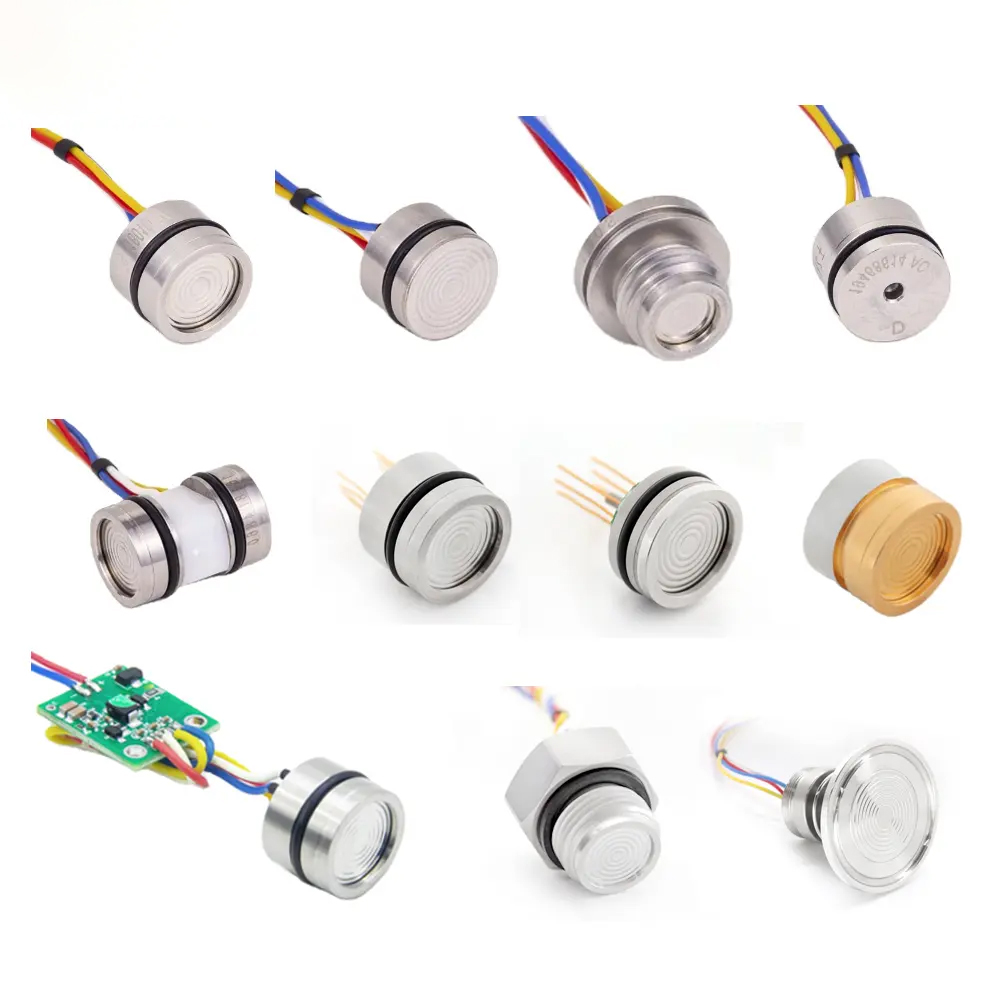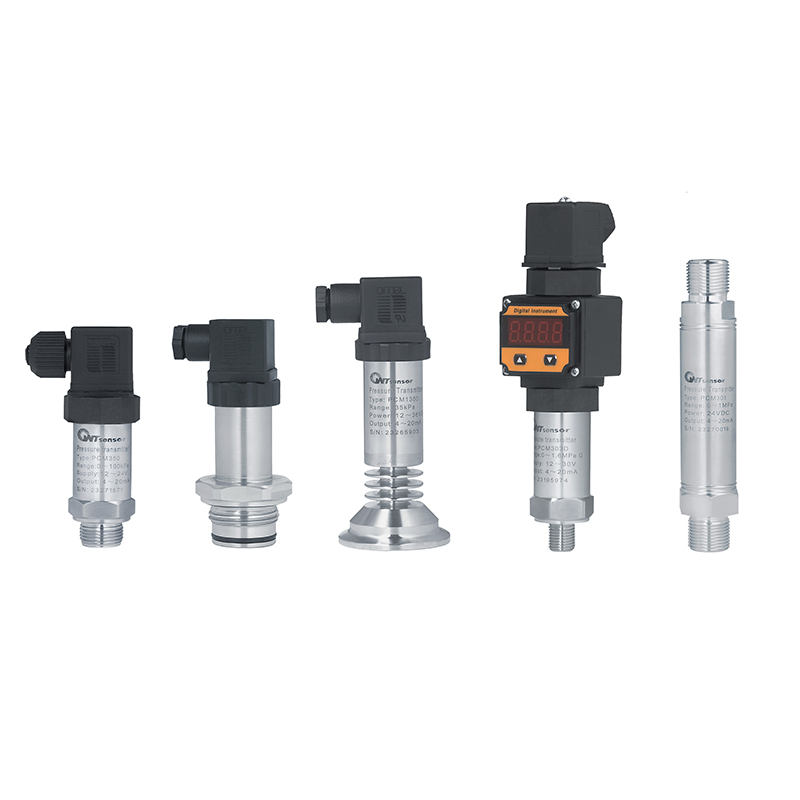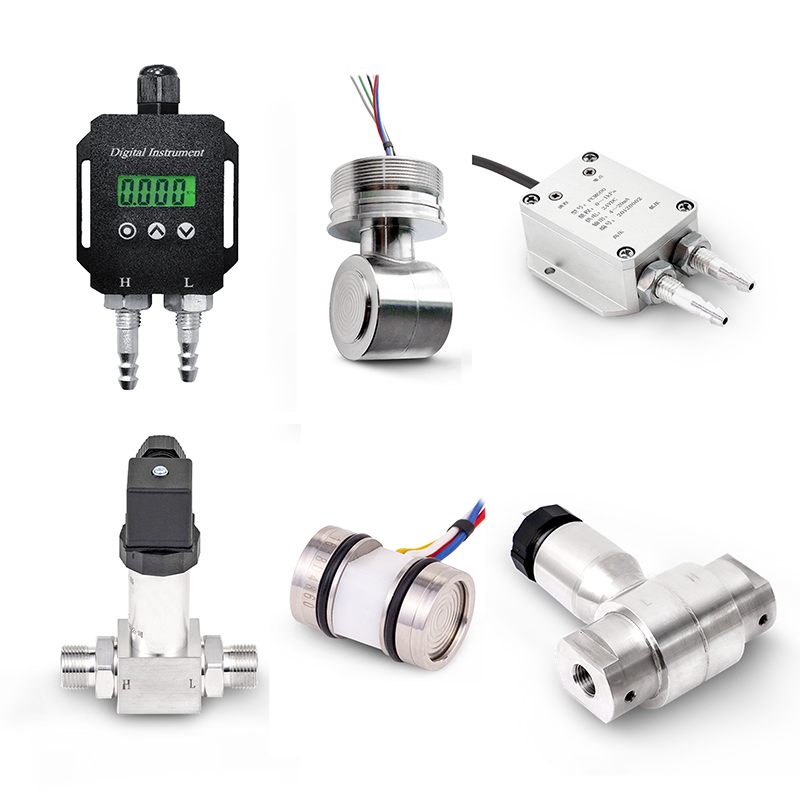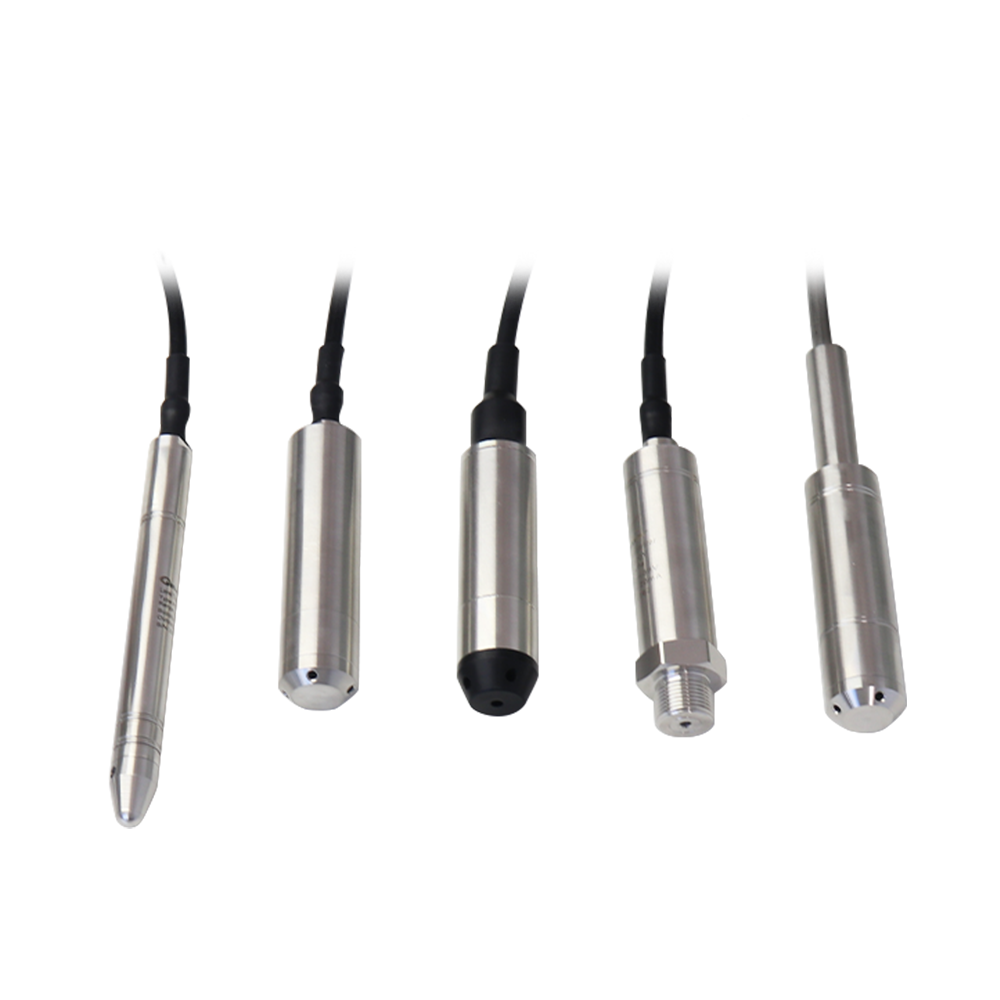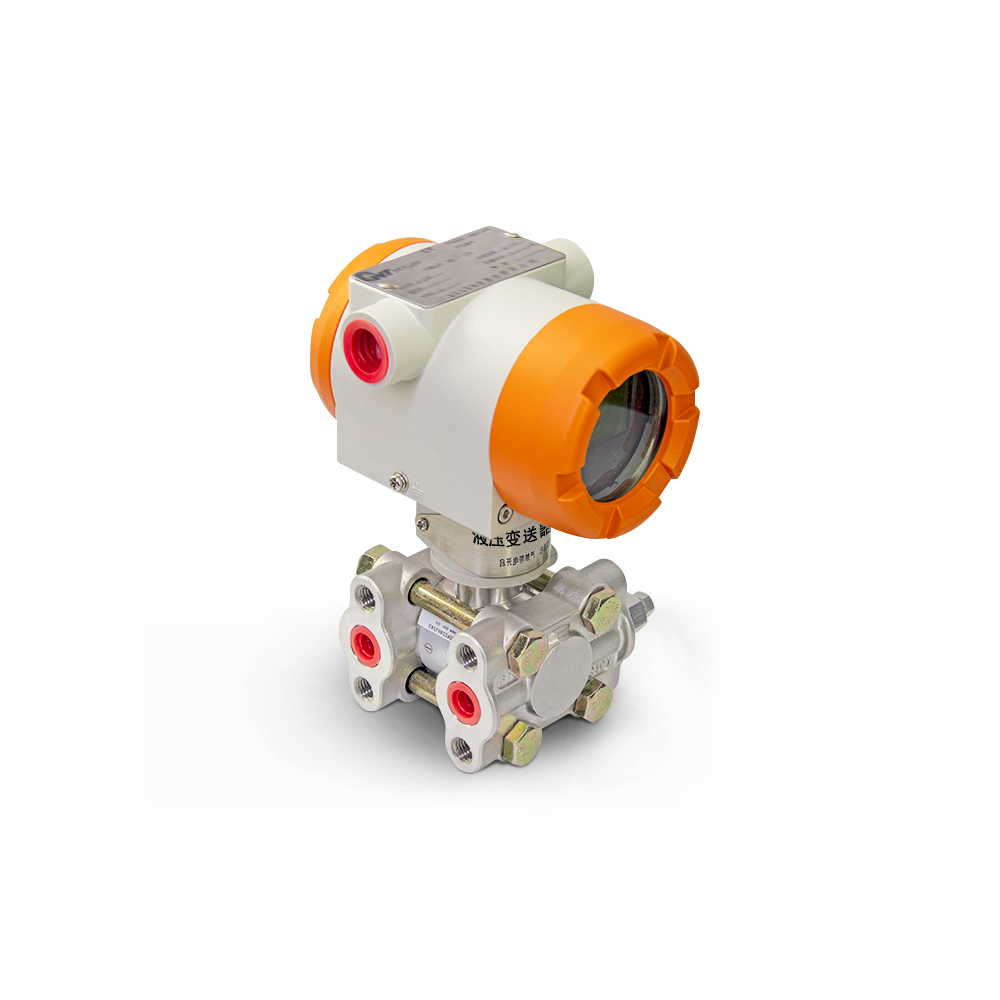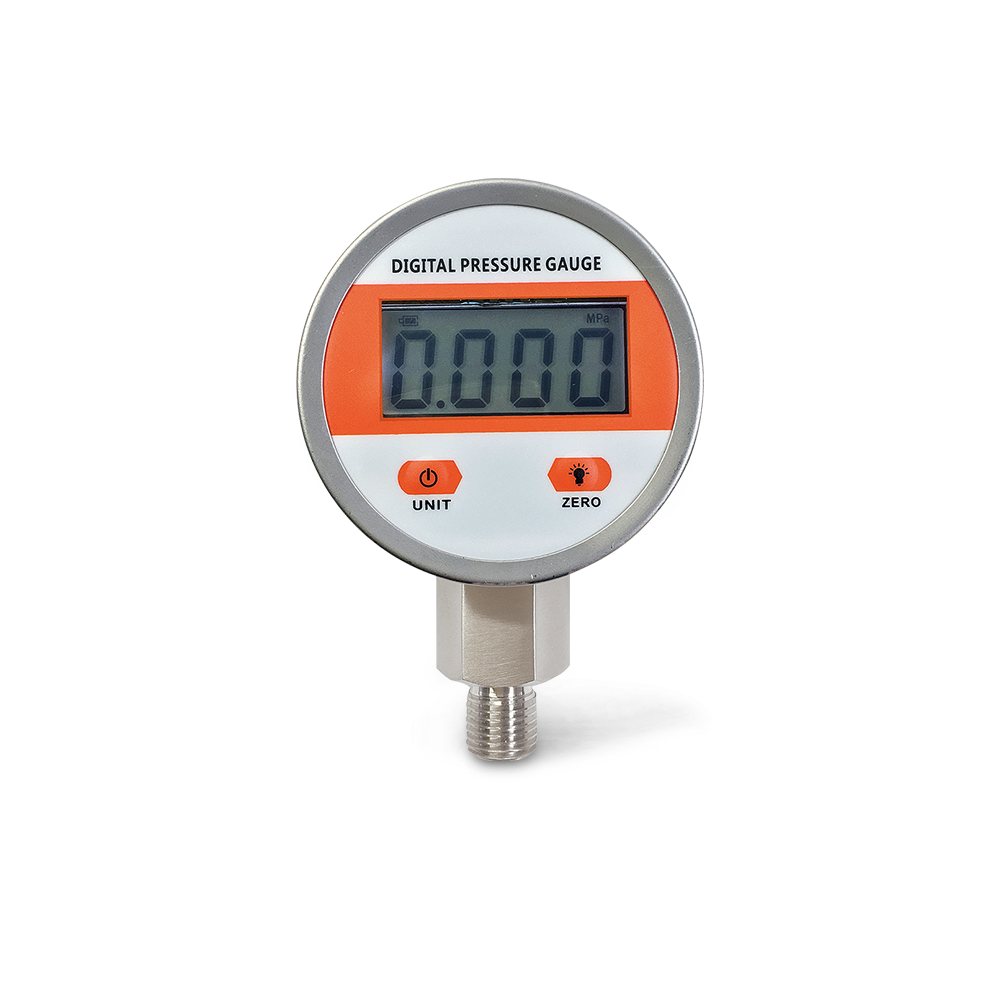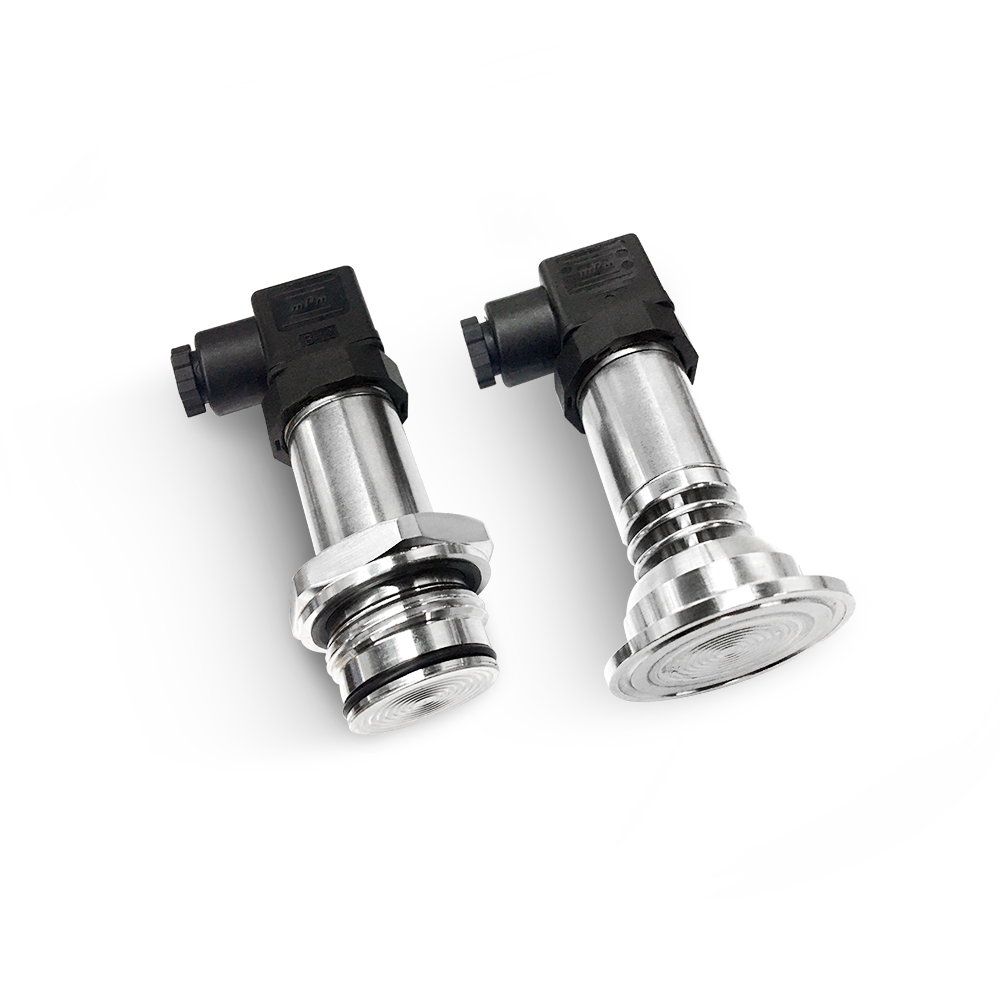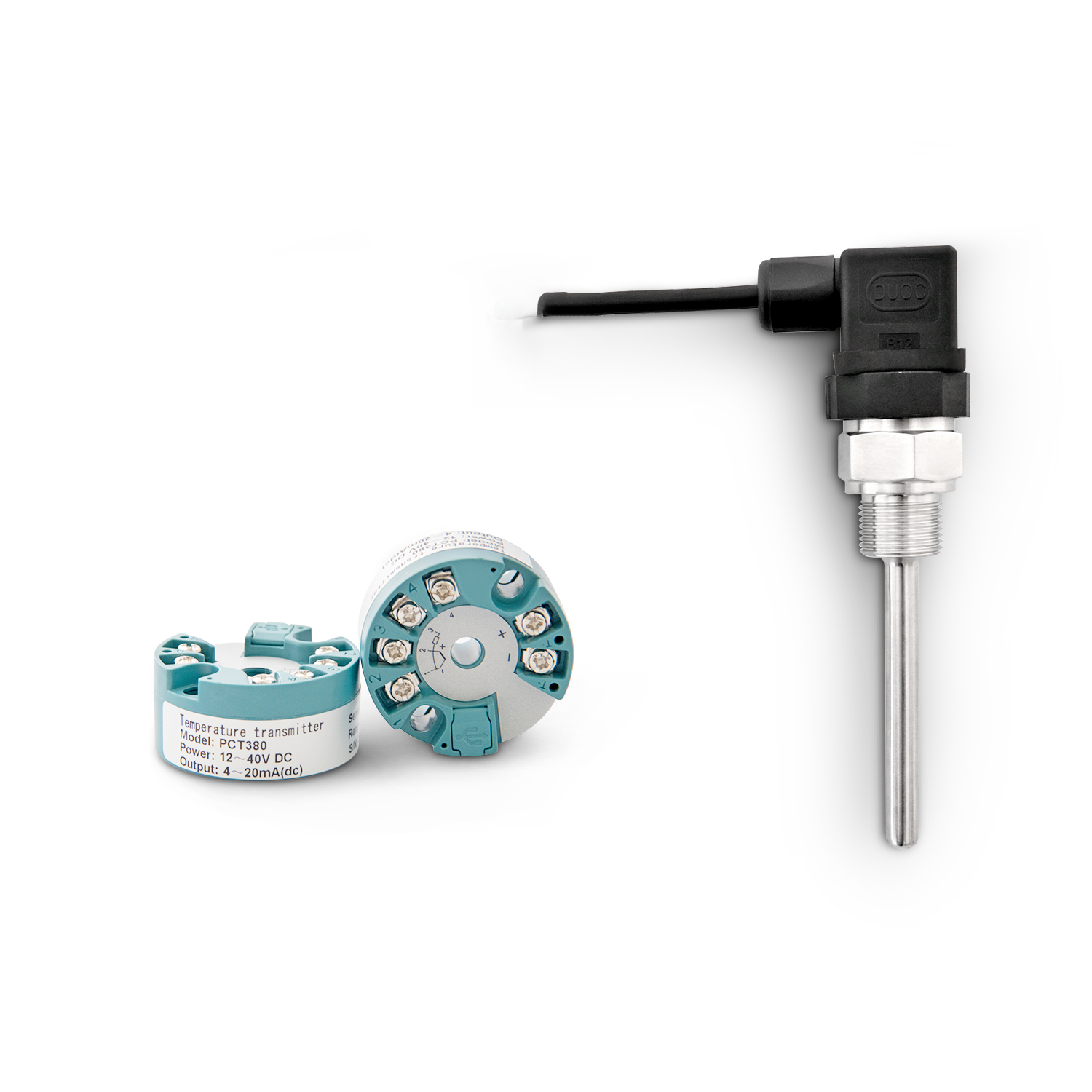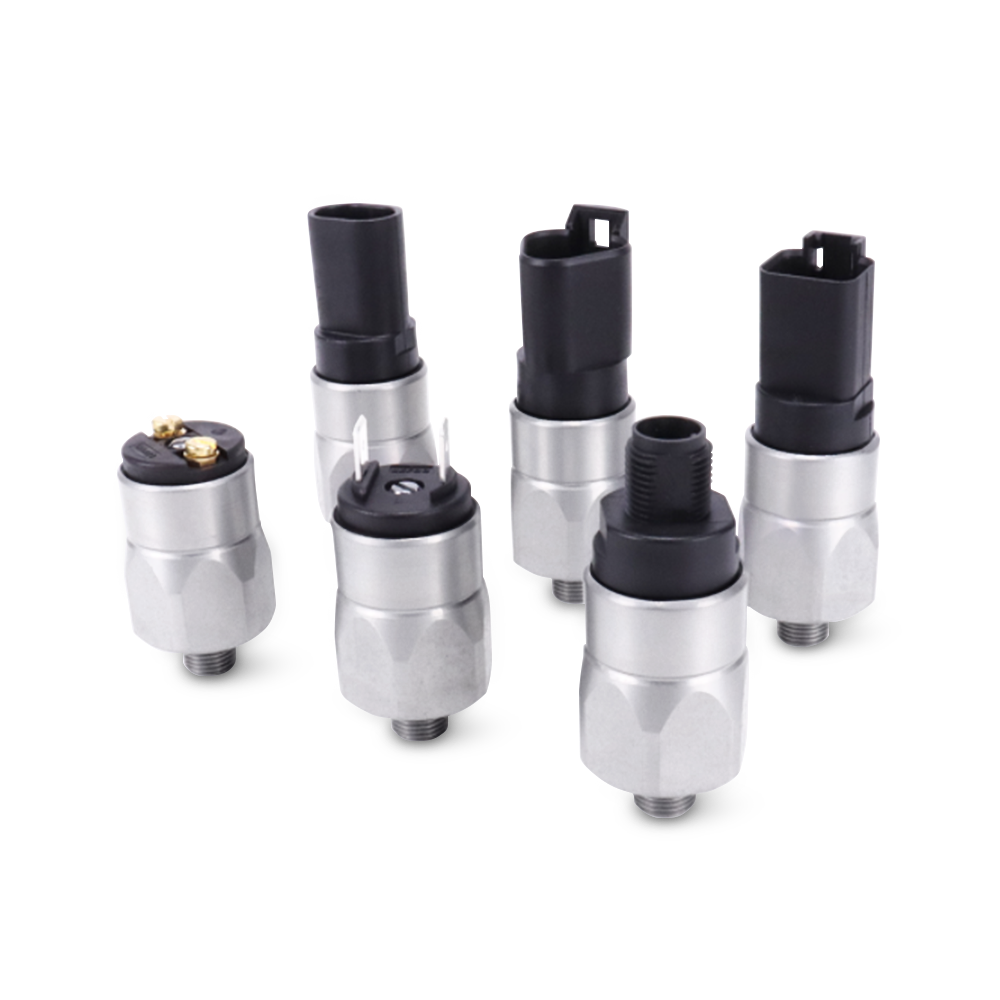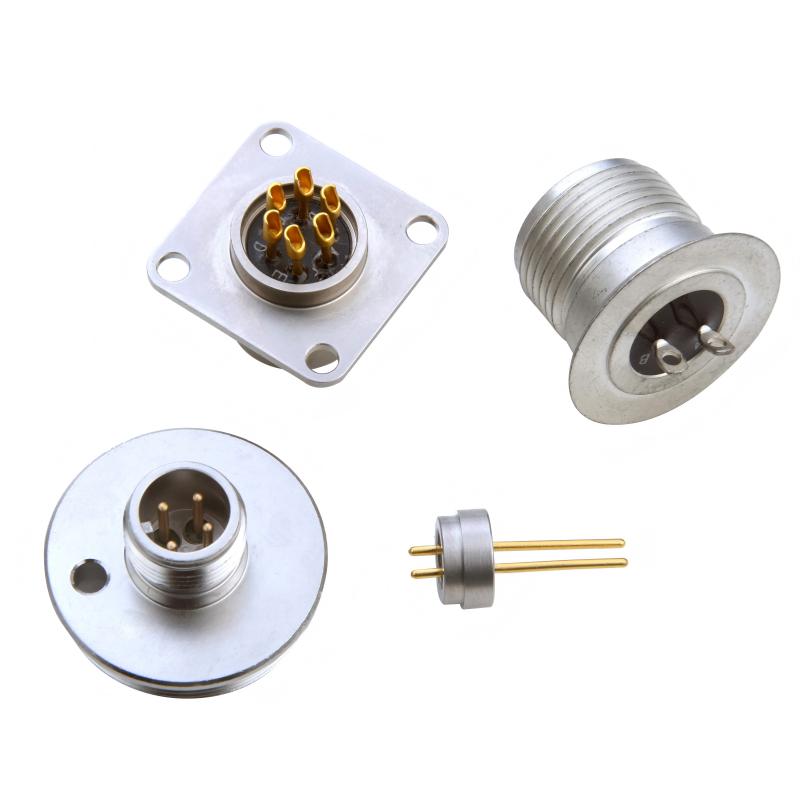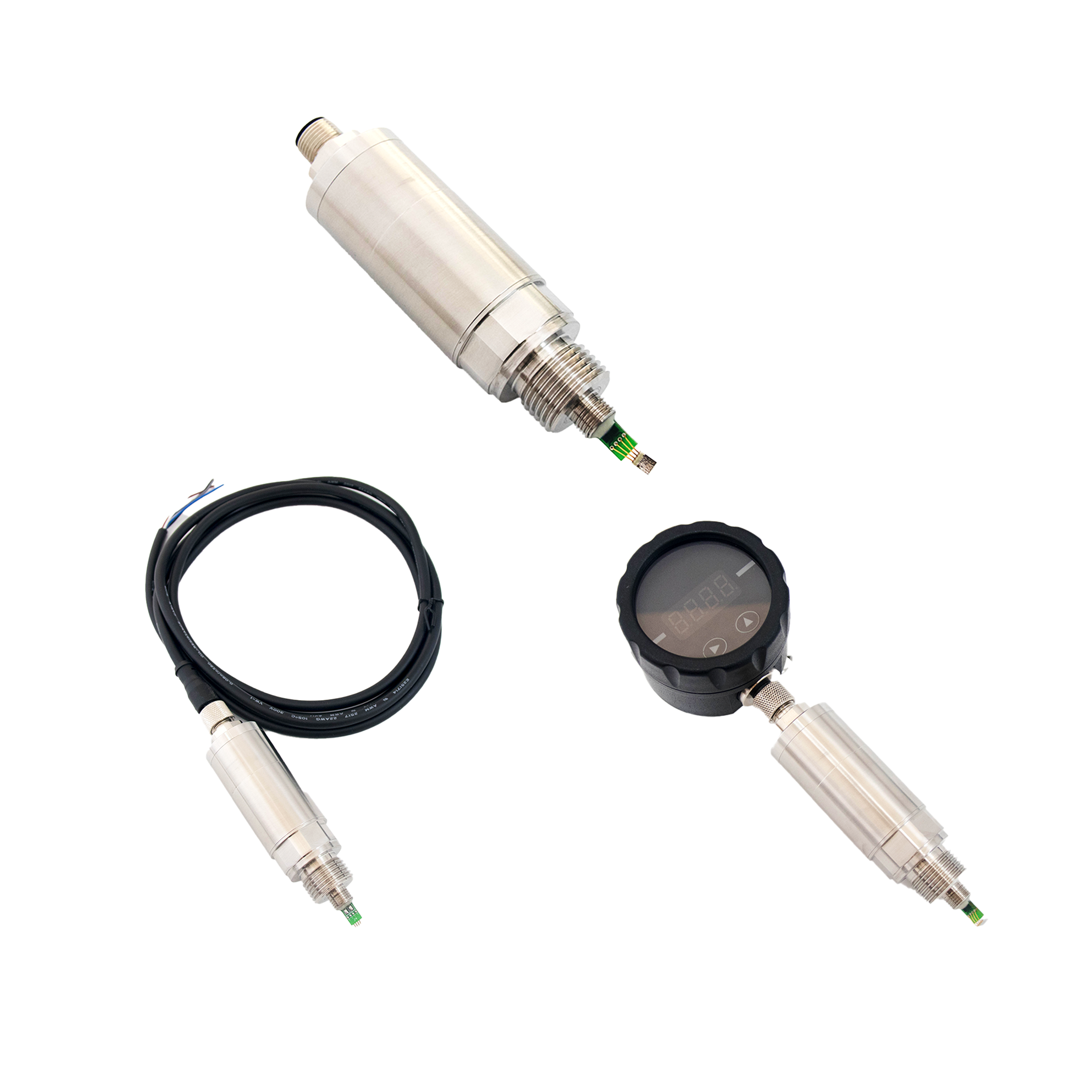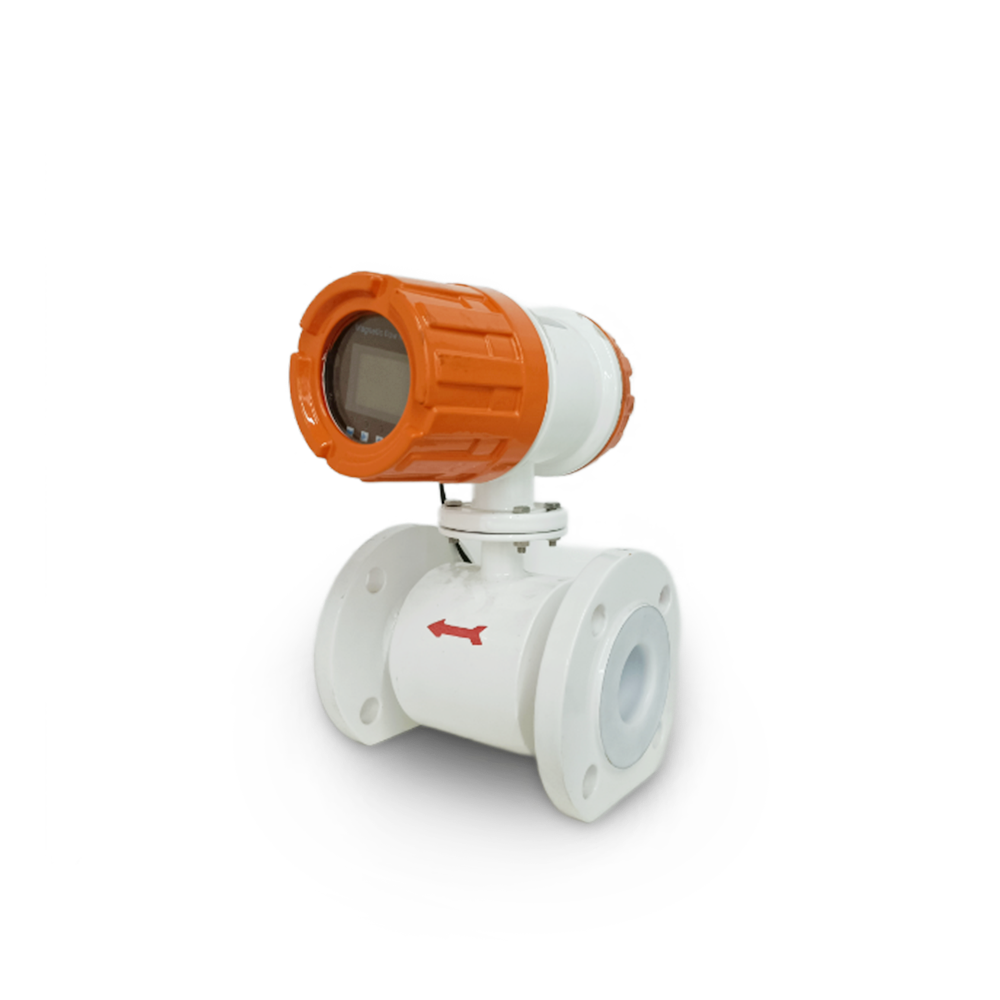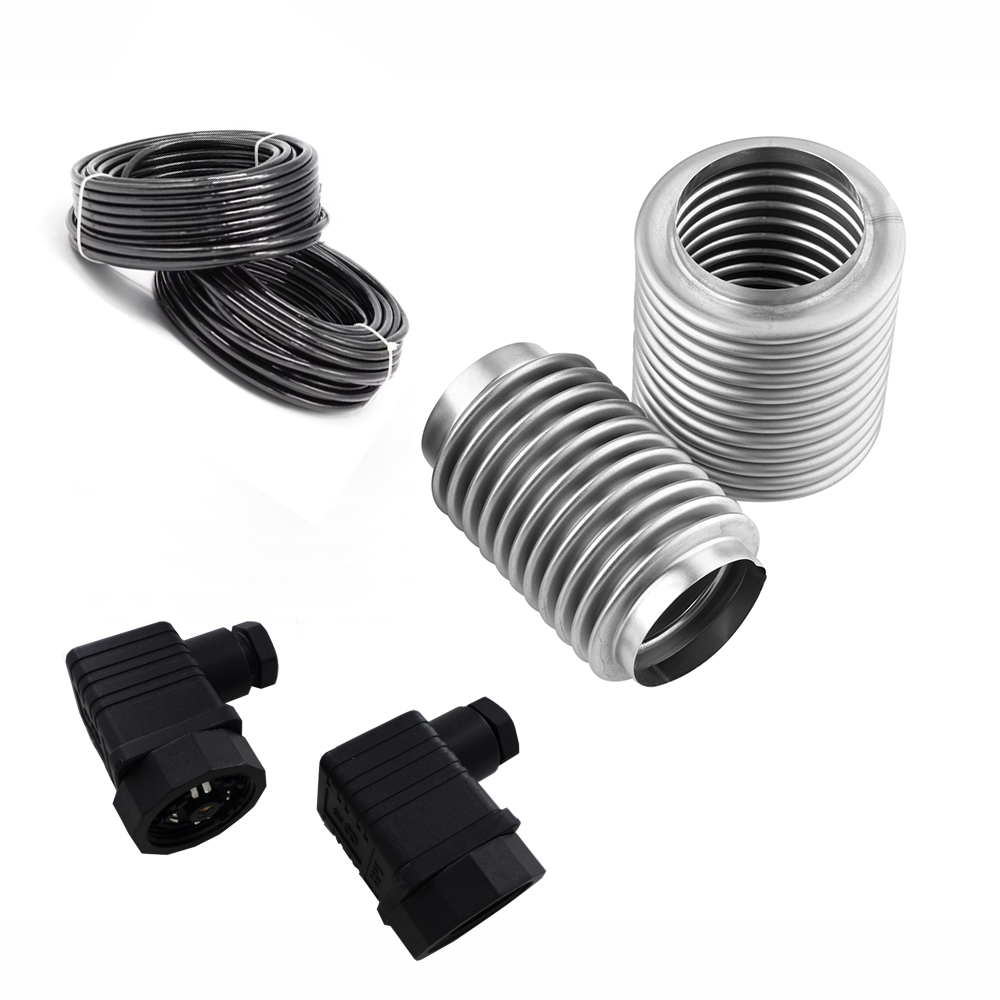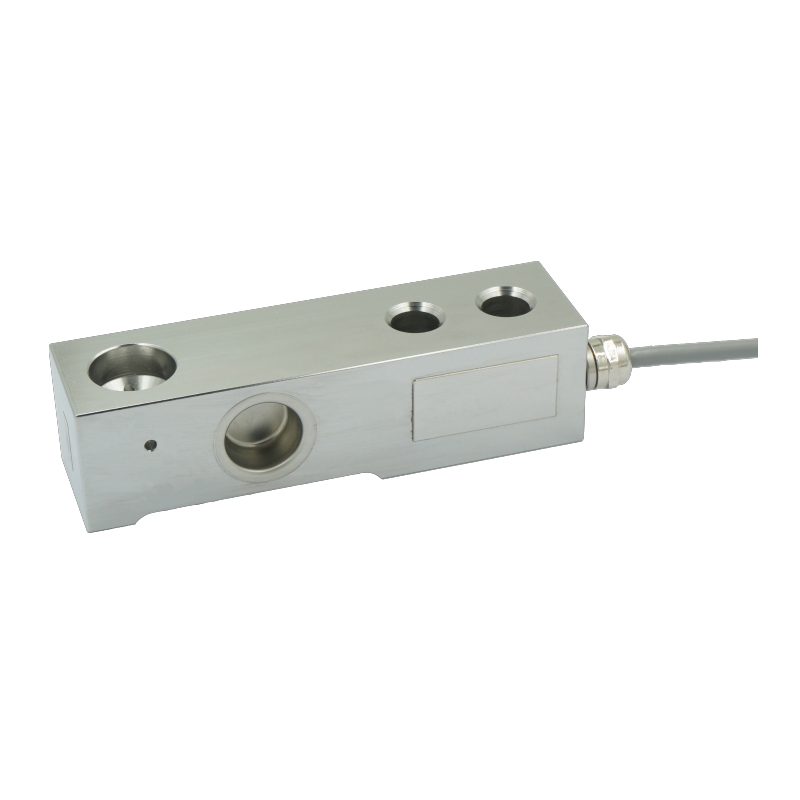What problems should be paid attention to when purchasing 2088 pressure transmitter
From: Issued date 2021.04.06 Back
Regarding the 2088 pressure transmitter, it is an important parameter in the procurement process, which directly affects the quality and price of the product. The next step is to measure the maximum high pressure value, usually a transmitter should be selected whose pressure range is 1:5 of the maximum high pressure value, which is higher than the maximum high pressure range. The reason is that many systems, especially in the water pressure measurement and processing process, have irregular peaks, which damage the pressure sensor. Continuous calibration at high pressure or maximum power above the transmitter will severely shorten the life of the sensor, and doing so will also reduce accuracy. Therefore, buffering can be used to reduce pressure glitches, but this will reduce the response speed of the sensor. The following editor tells everyone that you should pay attention to a few issues when purchasing a 2088 pressure transmitter!
Secondly, it depends on the type of medium being measured and the characteristics of the medium.
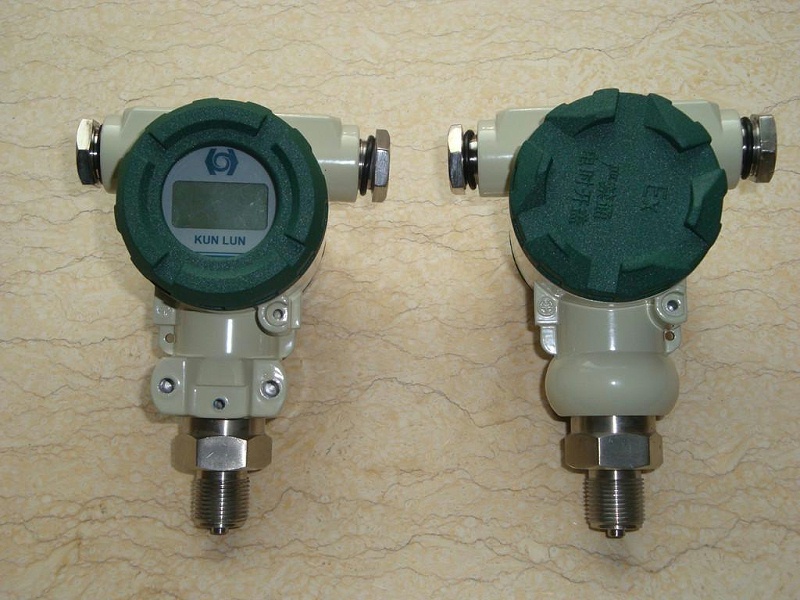
Adhesive liquid and mud will block the pressure interface. Will the solvent or corrosive substances damage the transmitter? To be precise, will it damage the data in direct contact with the medium. The above factors determine which material the 2088 pressure transmitter is in contact with the medium, or whether to use a direct isolation membrane.
High-voltage transmitter accuracy requirements are high, the maximum accuracy of Star Instruments can reach 0.1%.
The solution accuracy is non-linearity, hysteresis, non-repeatability, temperature, zero point deviation, temperature influence, etc. ***The higher the price, the higher the price. The high-precision 2088 pressure transmitter of Star Instruments is professionally researched and developed. It has a high cost performance while ensuring high accuracy, and it occupies a certain share in the market. Well received by the majority of users.
Four is the output mode.
For digital inputs, input mV, V, mA and frequency. How to choose the input depends on many factors, including the distance between the transmitter and the microprocessor or microscope, whether there is "noise" or other electronic interference signals, whether Need attenuator, attenuator location, etc. In many OEM equipment, the transmitter of ma input is selected as the most economical and practical processing method.
After the launcher's timeout task is completed, stability needs to be maintained.
Most transmitters will "drift" after completing over-missions, so it is very important to understand the safety of the transmitter before purchasing.
The ambient temperature range of the high-voltage transmitter.
Generally speaking, the transmitter will calibrate two temperature determination sections, one is the normal working temperature, the other is the normal working temperature, and the normal working temperature determination section refers to when the transmitter is in working state and when the transmitter is in When in the working shape, its actual use may not be achieved.
Relative to temperature compensation, temperature compensation is a more typical category. In this category, the task sender will inevitably achieve its due functional goals. The temperature change has two effects on its input, one is the zero drift, and the other is the temperature change of the entire area. For example: full-scale, reading, out-of-temperature range, full-scale, and full-scale. When offsetting the temperature range, assuming that these parameters are not included, it will lead to continuous qualitative applications in the application. The change range of the transmitter input is caused by pressure changes or temperature changes. The effect of temperature on the way the transmitter is used is a confusing question.
The above is the content organized by the editor for everyone. I hope to help you. For more, please pay attention to our website.

